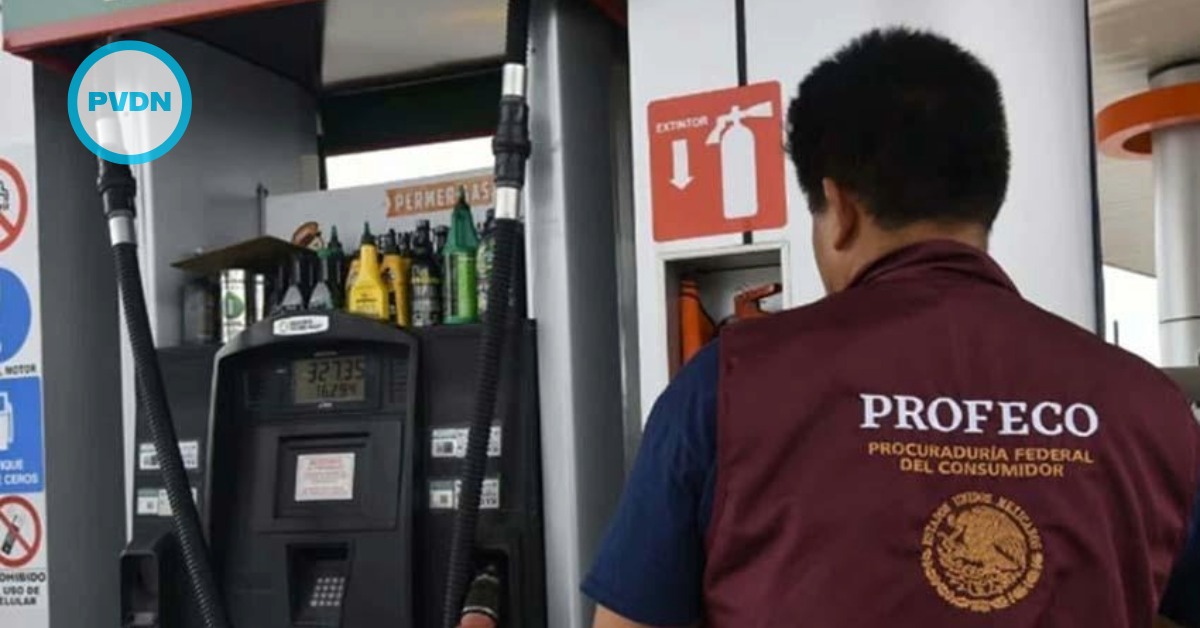Latin America, dominated mostly by Brazil, seems to have lost luster since the taper talk was initiated in the U.S. last year. Apart from the external shocks, many nations in this corner of the world are lacking structural reforms and grappling with poor public finances as well as reduced foreign investment.
As per the Inter-American Development Bank estimates , economic growth in Latin America is estimated at 3% in taper-trodden 2014 and 3.3% in 2015. Investors should note that this is the best case scenario. Any anticipated acceleration in QE wrap-up in the U.S. and . . .





